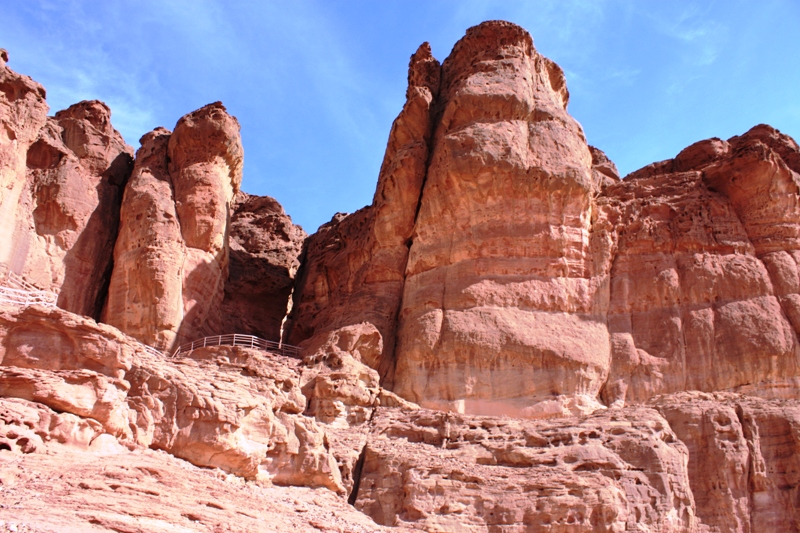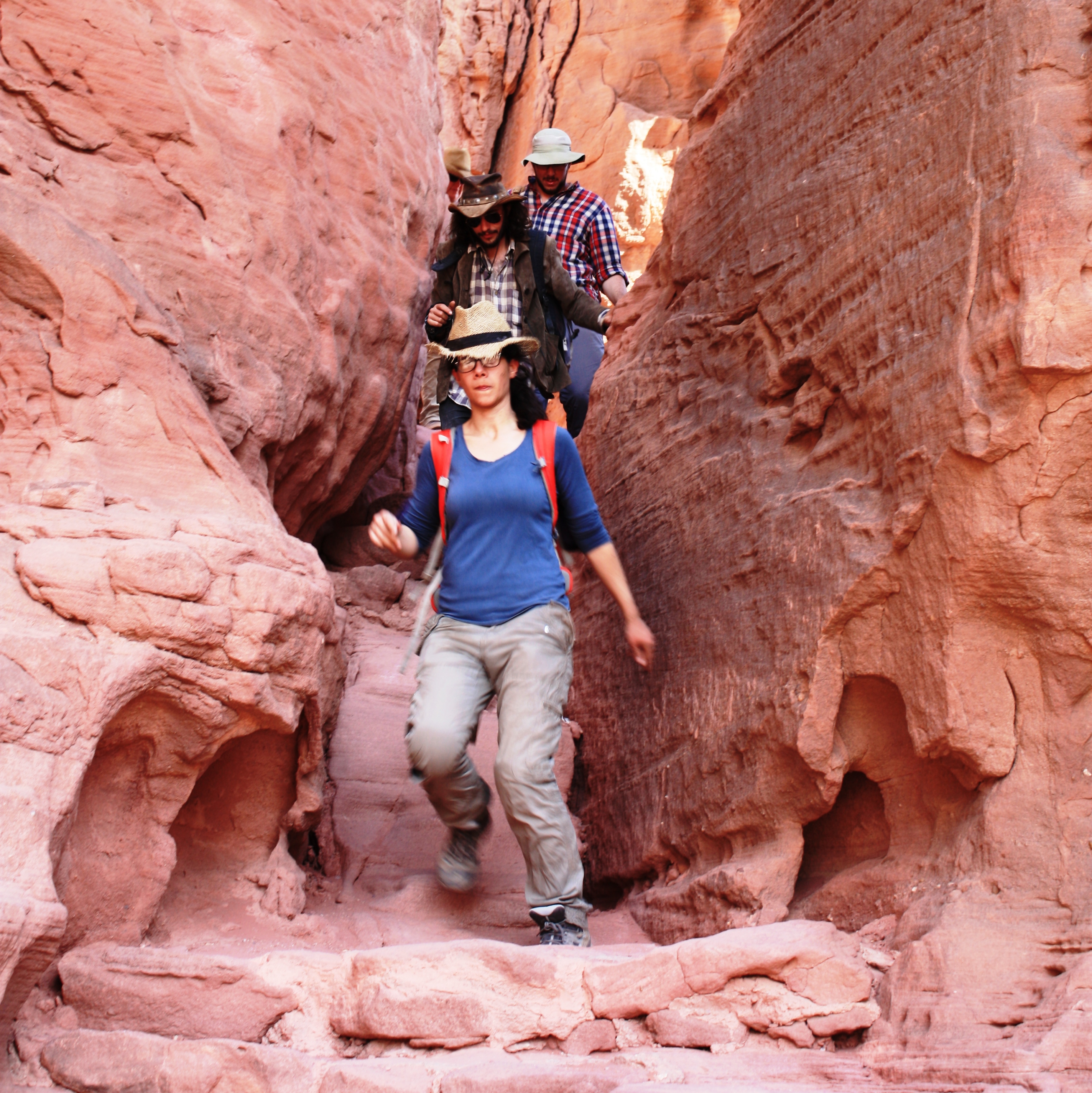Excavating in the Desert: The Central Timna Valley Project / Benjamin Douglass
Recently I was privileged to participate in an excavation at the site of Timna, the ancient copper mines of the Aravah. Located approximately 20 kilometers north of Eilat, Timna, known in the public sphere as the site of King Solomon’s Pillars, is an extensive area where copper mining and smelting has been conducted for the last 3000+ years.
The most recent excavations, led by Dr. Erez Ben-Yosef of Tel Aviv University, began in 2012, and run every year during the winter. The reason it happens during the winter is because it is located deep in the desert, where work conditions in the intense heat of the spring and summer months are very difficult.
Part of the uniqueness of the excavations at Timna is that it is located in the desert, where the climate allows for finding of exceptional materials that are normally not found on excavations. Examples include textiles (nets, fabrics, rope), whole fruit seeds, and copper smelting technology. Other finds include an Egyptian temple to the goddess Hathor (patron of miners) and extensive networks of buildings and materials dedicated to the production of copper. Recently some of these amazing finds were showcased in the international news.
A Desert’s Schedule
A typical day of excavations at Timna begins at 5:30am, when we wake up, eat a small breakfast, and head to the sites. This year the focus of the excavations was on two areas, Site 34 (Slaves’ Hill) and Site 35. Both have many above-ground archaeological features, including walls, buildings, and slag mounds. Slag is the byproduct and refuse of the smelting process, and is found in abundance at Timna. Our group was split between the two sites, and on different days we would rotate who was working at each site. We worked for several hours in the early morning, taking another quick breakfast break around 10am. At 2pm we finished excavating and returned to camp for lunch. After lunch and a quick siesta we worked on processing the finds. At a normal excavation this entails washing pottery, but very little pottery is found at Timna, and for scientific reasons what is found is not washed. Instead we do a lot of sifting of the soil that is excavated. Since we are in a desert, many materials are preserved, but some of them are extremely small. By sifting the dirt we are able to discover finds that are impossible to identify in the field.
Findings and Activities
Some of the exciting things we found this season were tiny fish bones, beads, string, and seeds. Once the earth was sifted and sorted into different size grains it was packaged into containers for easy shipping to laboratories all over the world. Some materials are sent to labs in Jerusalem, Tel Aviv, the USA, and Germany.
Surface finds at Timna
The Mystery of the Mines
One of the biggest questions involving Timna is when the mines and smelting sites were in use. The original idea was that they were founded by King Solomon during the 10th century BCE, but excavations and early analysis showed the large presence of the Egyptians. This led to the assumption that the mining and smelting occurred during the Late Bronze Age, approximately during the 13th century. The recent excavations conducted by Dr. Erez Ben-Yosef, however, show that the picture is more complicated, and that there may indeed have been activity at the site during the 10th and 9th centuries. With the use of the above scientific procedures the team hopes to further clarify these issues in the future.
Examining the ancient copper mines at Timna
In addition to thetime we spent working with the archaeological material we also spent one day conducting a survey over large areas of Timna that have yet to be excavated. During those several hours the entire team walked in lines with our eyes peeled to the ground, looking for surface finds. This was when we found the most pottery and ground-stone tools. By doing this survey it gives Dr. Ben-Yosef and future researchers a better idea of where they are more likely to find good sites to excavate.During that afternoon we were also given a tour of the entire area by Omri Yagel. We were shown the actual mines where the copper ore was taken from and given a detailed overview of Slaves’ Hill, as well as some of the more tourist-oriented sites like Solomon’s Pillars, the Hathor Temple, and some Egyptian Rock Carvings.

Mt. Timna and Solomon's Pillars
I really enjoyed my time excavating at Timna. It was the first proper excavation season I had attended in over two years, and I was glad to be back in the field. I met some really important and professional people, made some great friends, and learned a lot about archaeological science. I’m so thankful to have had the opportunity to work with Dr. Ben-Yosef and his team. I’m looking forward to coming back for the excavations next year!

Mt. Timna and Solomon's Pillars, an upclose intorduction

